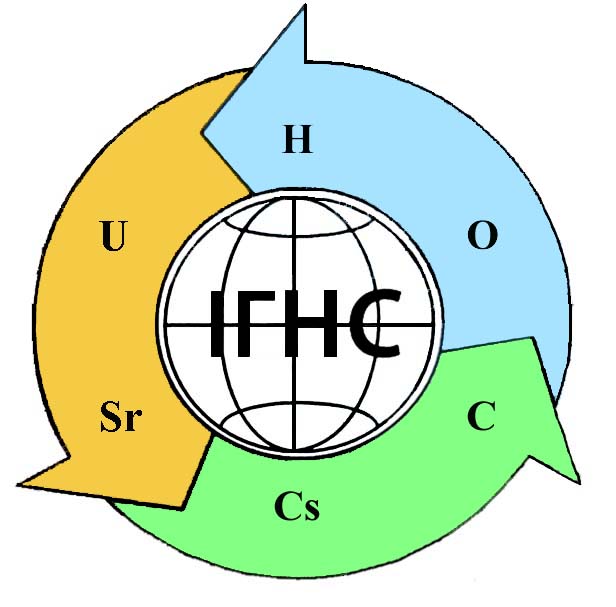RADIOECOLOGICAL CONDITIONS WITHIN THE URANIUM MINING IMPACT AREAS INGULSKA MINE CASE STUDY
DOI:
https://doi.org/10.32782/geotech2022.35.15Keywords:
equivalent dose, effective specific activity, uranium, natural radionuclides, man-made effects, radiation, environmentAbstract
A set of background geoecological research along with the laboratory analyses of selected samples were made as a part of the departmental basic research on "Minerageny, forecast assessment and prospects of integrated using of mineral raw material for nuclear power industry of Ukraine”. The field research was conducted within the sanitary protection zone of the Ingulska mine and adjucent areas in 2021. In particular, radioecological parameters of the environment were studied to establish the current state of radiation safety at the enterprise and beyond. The measured indicators of dose load (gamma radiation background) at the industrial site of the mine significantly exceeded the background of the surrounding area, as well as the average values for Ukraine and global indicators. The intensity of gamma radiation in natural environment is formed by the cosmic component and the presence of radionuclides in each environment component. Among the latter it is conventionally distinguished between the "natural" radionuclides and the "radionuclides of man-made origin" formed, or got into the environment due to human activities. Though uranium and its radiation decay products should be certainly referred to the category of radionuclides of natural origin, however the man-made factors are acting during uranium ore mining, its supply to the surface, storage and processing. Thus, it should be considered the additional radiation dose load generated by the production activities of the mine as having a man-made origin. Based on this provision it is possible to estimate and compare the contributions of natural and man-made factors to the formation of radiation dose load. To do this, it is necessary to determine the parameters of the influence of the natural radionuclides activity in the soil on the dose rate of gamma radiation in the environment. The relevant measurements and analyses were made and the maps of measured indicators spatial distribution were built for the purpose of better interpretation of the obtained results. The qualitative and quantitative analysis of the obtained results shows that the radioecological situation within the territory of the mine sanitary protection zone is mainly determined by factors of technogenic origin while within the adjacent areas – by natural radiation. The Ingulska mine activities do not cause radiation hazard beyond the sanitary protection zone.
References
Vekhovtsev, V.G., Zabulonov, Yu.L., Tyshchenko, Yu.Ye. et al. (2014), Prospects for the development of the uranium raws base of Ukraine’s nuclear energy, Kyiv: Naukova dumka.
Vekhovtsev, V.G., Lysychenko, G.V., Tyshchenko, Yu.Ye. et al. (2017), Prospects for the development of the thorium raws base of Ukraine’s nuclear energy, Kyiv: Naukova dumka.
Vekhovtsev, V.G., Semeniuk, M.P., Tyshchenko, Yu.Ye. et al. (2019), Metallogeny of uranium ore districts in the sedimentary cover of the Ukrainian Shield, Kyiv: Naukova dumka.
Kovalenko, G.D. (2013), Radioecology of Ukraine, Sec. Ed., Kharkiv: ID IGEK.
Buldakov, L.A. (1990), Radioactive substances and a human, Moscow: Atomizdat.









